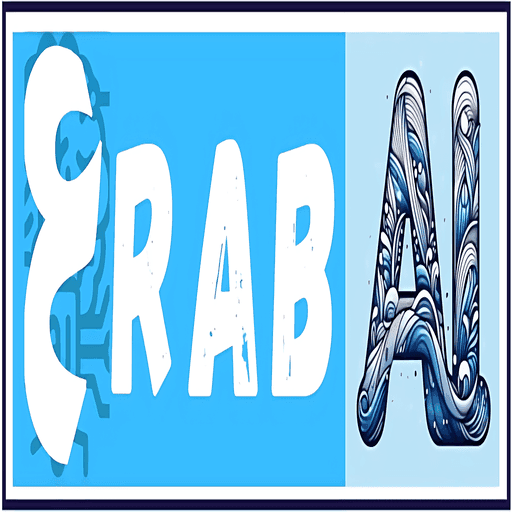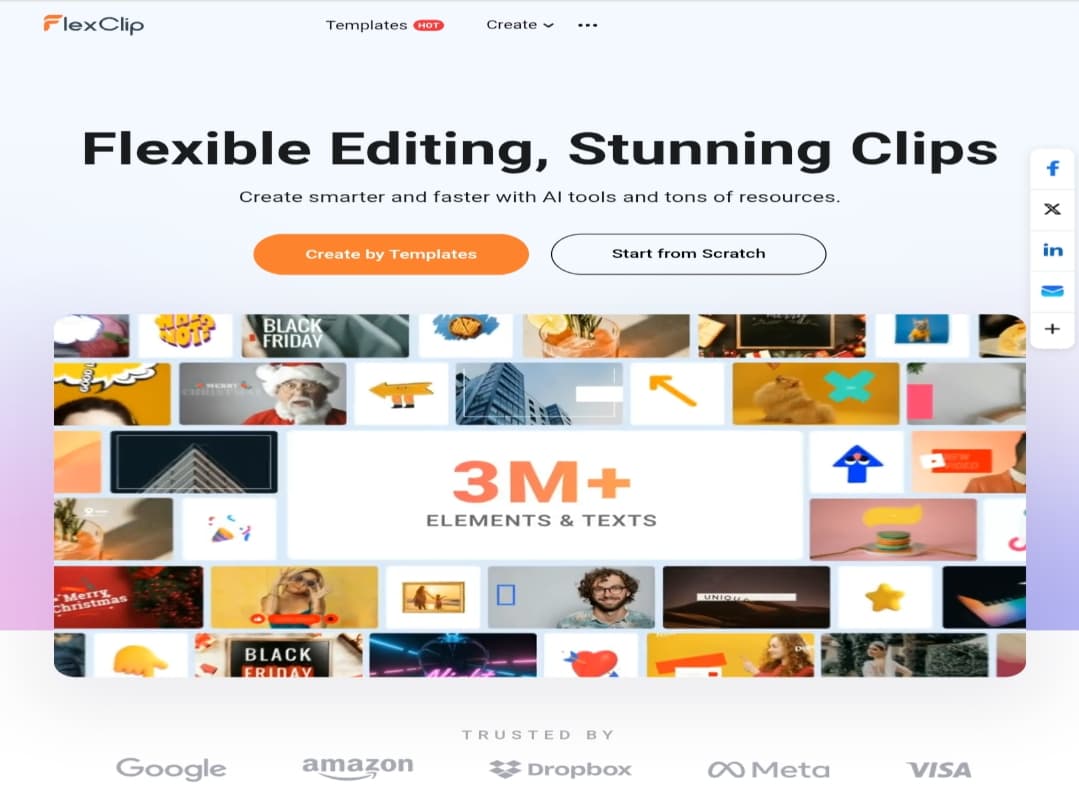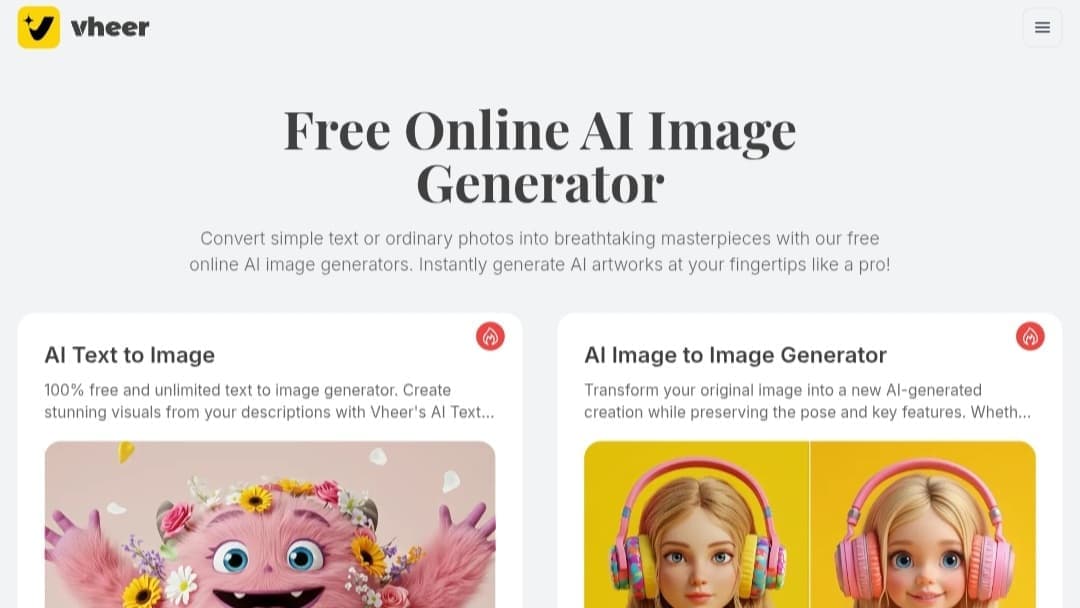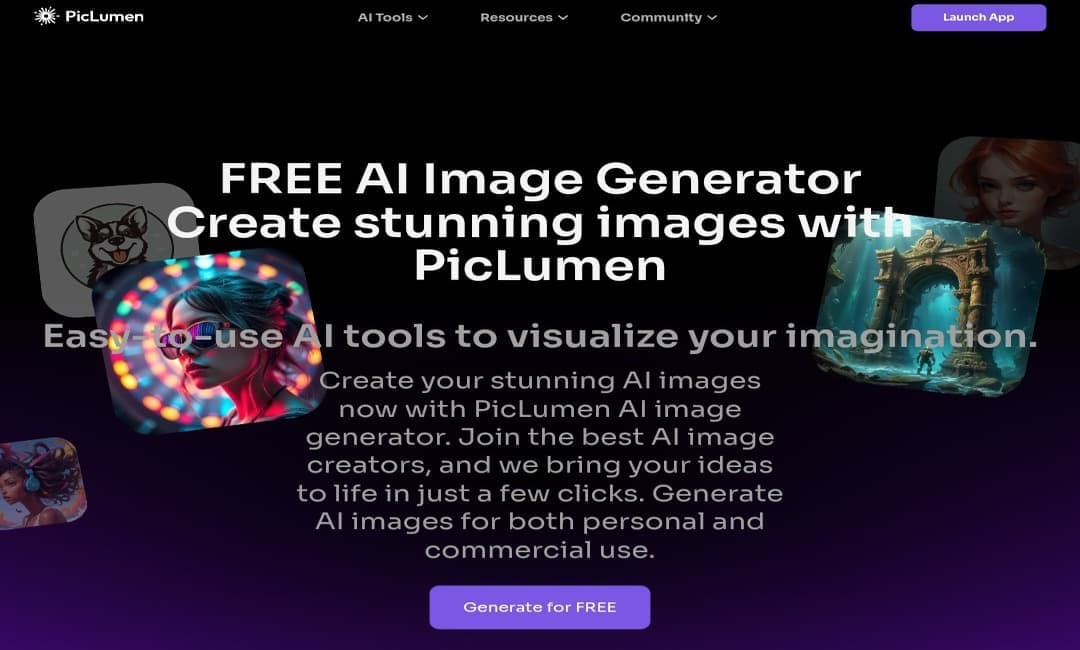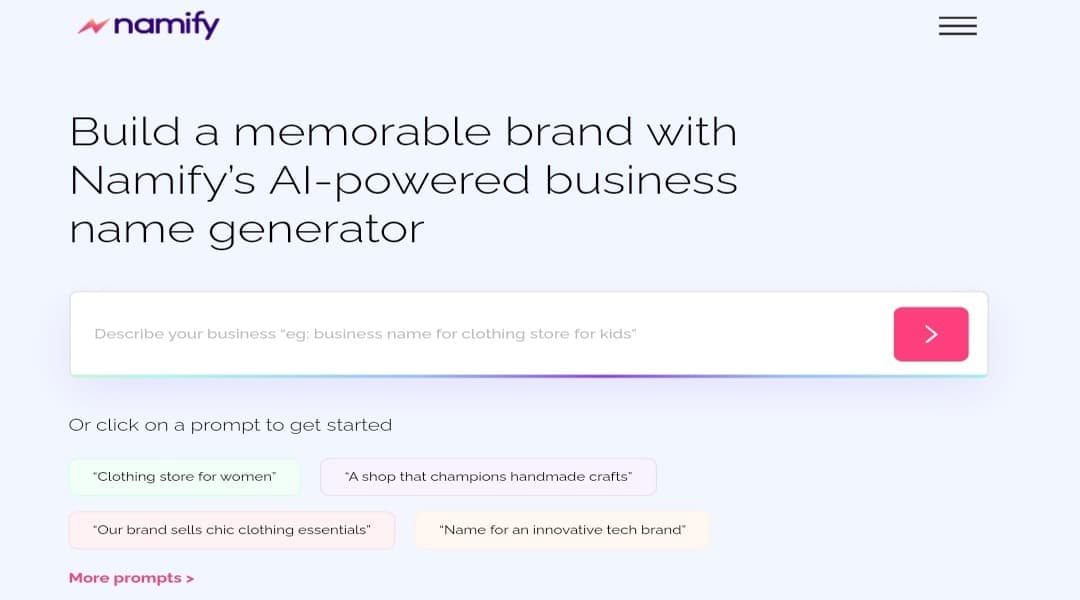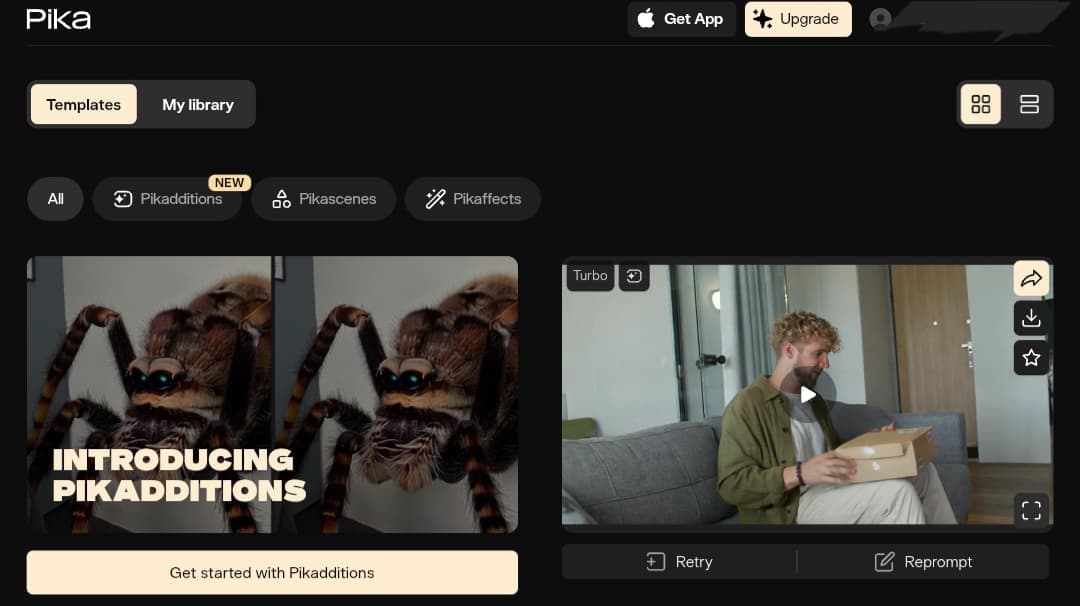
Pika Art: Your Guide to AI Video Creation with Text and Images
What is Pika Labs?
Pika Labs AI has emerged as an advanced company in the field of video generation, creating short video clips using text or images. This is done through its Discord server as well as its distinctive platform, Pika Art.
What’s particularly impressive is its continuous development, releasing updates and versions with advanced features, despite certainly not having the resources of AI giants like OpenAI.
It began with a beta model before launching its renowned Pika 1.0 version. Since then, it has continued to offer a concise yet rich series of models, including 1.5, 2.0, 2.1, and 2.2.
Pika Art Models and Versions
The First Beta Version
Released in early 2023, it was limited in duration and quality.
Pika v1.0 (Late 2023)
I personally consider this the company’s strong start in the video generation field. It included the ability to create clips from text prompts and images, as well as using other video clips. It offered multiple styles such as 3D animation, anime, and cinematic styles. It also provided basic video editing capabilities, like colorization and modifying specific areas of the clip. It was introduced on the web in addition to Discord.
Pika v1.5 (October 2024)
A few months ago, the company released a remarkable version that attracted many users, and videos designed with this version became popular on social media.
It introduced what is known as Pika Effects, a collection of unique visual effects that allow users to manipulate objects in video clips in creative and imaginative ways (such as enlarging, crushing, melting, exploding, and squeezing).
This feature was recently expanded to include effects like shattering, decaying, and hollowing out, among others.
This version also supported dynamic camera techniques (sudden zoom, quick panoramic shots, slow motion), with a focus on realism and natural movement.
Pika 2.0 (December 2024)
In December, the platform launched its landmark V2.0 update, which represented a major leap forward and introduced several revolutionary features, most notably:
1. Scene and Character Integration (Pikascene or Scene Ingredients)
For the first time, users could upload and customize their own characters, objects, and backgrounds to maintain consistency across different scenes. This meant you were no longer limited by the model’s default assets, freeing you to create unique and coherent visual stories.
For example, you could design a specific character and use it in multiple video clips while preserving its appearance and personality. A company spokesperson explained that this feature is powered by an advanced image recognition system that accurately identifies the role of each reference element, allowing it to be integrated efficiently into the shots.
2. Deeper Prompt Understanding and Enhanced Capabilities
This release showed a superior ability to understand far more complex and detailed text prompts-a significant hurdle in previous versions. Motion also became more realistic with a noticeable adherence to the laws of physics, and the quality of generated characters was enhanced to feature more natural expressions.
Pika 2.1 (January 2025)
Shortly after, this update was released, focusing primarily on refining the features introduced in 2.0, increasing overall platform stability, and resolving some of its initial bugs.
Pika Turbo (January 2025)
Considered the fastest and most efficient model for quickly creating AI-generated video clips.
It is distinguished by being 3 times faster and 7 times cheaper than older versions, while maintaining the same quality efficiency in video production.
Pikadditions (February 2025)
This is one of the platform’s latest additions. The tool is characterized by its ability to modify videos by adding generative content, allowing you to insert new elements into your videos.
This is done by uploading a video clip and an image, and writing a text prompt. Pikadditions will then integrate the element from the image into the clip, while preserving the original scene’s audio quality.
Pika 2.2 (February 2025)
On February 28, Pika Labs unveiled Pika 2.2, which focuses on increasing video resolution to 1080p and facilitating smoother transitions between scenes.
This upgrade addresses the blurriness issue present in previous versions, making videos clearer.
Version 2.2 also introduced the Pikaframes feature. This addition relies on keyframes and allows users better control over scene transitions for clips up to 10 seconds long.
Pika 2.2 is currently limited to paid subscribers.
Pricing in Pika Art

Pika Art offers various pricing options to suit different user needs.
The free plan gives you 80 video points per month but includes a watermark and does not support commercial use. It also includes access to Pika 1.5 and Pikadditions.
If you need additional features, you can subscribe to the “Standard” plan for $8 per month when paying annually, which provides 700 video points and the ability to download videos without a watermark, with support for commercial use.
For greater capabilities and higher speeds, the “Pro” plan comes at $28 per month with 2300 video points.
Finally, the “Fancy” plan offers 6000 video points and ultra-fast production speed for $76 per month.
These package prices are based on annual payment, and all of them grant access to all platform features and versions.
Point Consumption per Model in Pika Art
Pika Art’s pricing page also clarifies how points are consumed based on the model used:
| Model Type | Use Case | Point Consumption |
|---|---|---|
| Turbo | Text or Image Conversion | 5 |
| Using Pikascenes, Pikadditions, or Pikaswaps | 10 | |
| 1.0/1.5 | Any Creation | 15 |
| 2.1 | Text or Image Conversion | 35 |
| Using Scene Ingredients or Pikascenes | 60 |
Frequently Asked Questions
Are Pika Art platform tools completely free?
No, Pika Labs offers a free plan for new users, along with paid plans that include additional features.
Can the tools be used for commercial projects?
Yes, the company allows content creation for commercial purposes.
